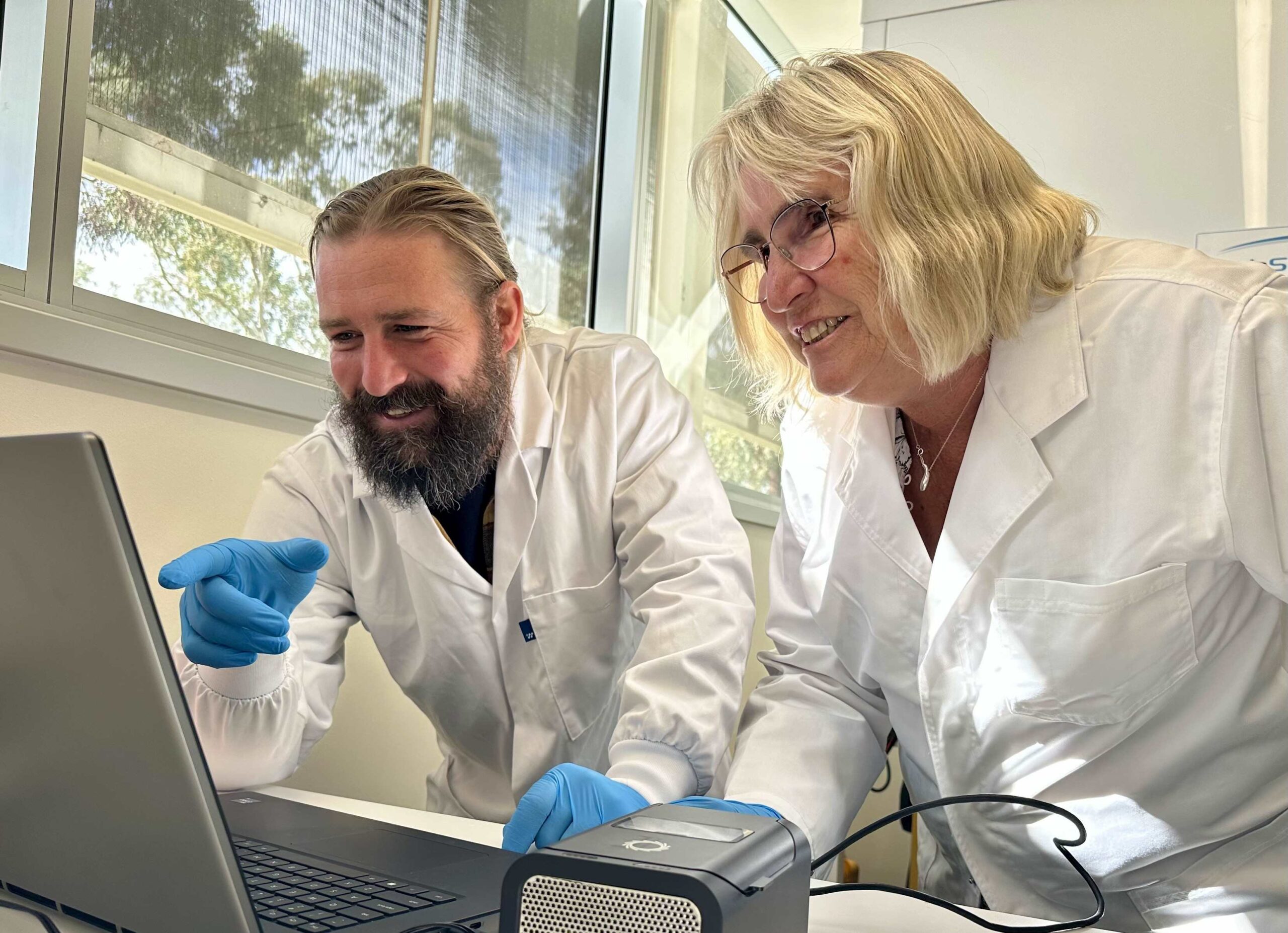
Researchers from Flinders University and the South Australian Genomics Centre have launched a whole-genome sequencing of harmful algal bloom species to support urgent research.
Whole genome assembly of Karenia mikimotoi will be a crucial tool for research into bloom dynamics, toxicity and mitigation in South Australian waters, say Flinders University researchers Dr Michael Doane and Professor Elizabeth Dinsdale, from the Flinders Accelerator for Microbiome Exploration (FAME) Lab.
The sequencing of the whole genome of Karenia mikimotoi, the suspected microscopic algae linked to the current harmful algal bloom along SA's coast, aims to deliver the first high-quality reference genome for this disruptive species.
"Globally, K. mikimotoi blooms have caused severe economic losses across Europe and Asia. Despite this, we lack critical knowledge about its toxicity, bloom drivers, and ecological impacts," says Professor Dinsdale, from the College of Science and Engineering.
"Genomic research will help fill this knowledge gap, directly informing monitoring, mitigation, and ecosystem management strategies for South Australia and beyond."
The project is supported by Bioplatforms Australia, an Australian Government National Collaborative Research Infrastructure Strategy (NCRIS) capability, in partnership with the SA Genomics Centre (SAGC). Bioplatforms Australia's support is part of its mission to build foundational molecular datasets to address environmental and biodiversity challenges.
Sequencing and assembling the complete genome of K. mikimotoi will use cutting-edge genomic approaches developed by SAGC and FAME. Researchers will uncover a detailed genetic blueprint of the microalgae species, which has a genome ~16 times the size of the human genome.
These efforts will provide critical insights into:
Toxin production - identifying the genes and proteins linked to the harmful compounds that damage marine life.
Bloom dynamics - describing the genetic traits that enable micro-algae, like K. mikimotoi to affect the ecosystem dynamics, persist in changing conditions, and outcompete other plankton.
Evolutionary history - revealing how this species has evolved unique genomic structures, including unusual repeat regions and extra-nuclear DNA, that may explain its ecological success.
Future management - we will identify vulnerability in the micro-algae genome that could help identify areas to be targeted for mitigation strategies.
"The SA algal blooms highlight how little we know about the genomic seascape in Australia," adds Professor Dinsdale.
"By building the first comprehensive genome of Karenia mikimotoi, we will uncover the molecular basis of its toxicity and resilience and provide a foundation for future monitoring and mitigation strategies."
Dr Doane and Professor Dinsdale hope their collaborator may expose flaws in the genome that may be exploited as a mitigation strategy.
"This project demonstrates the value of having national infrastructure and local expertise ready to respond to urgent environmental events. With platforms and capabilities already in place, researchers can act quickly," they say.
"As the genomic era reshapes how scientists tackle environmental crises, Flinders researchers are positioning South Australia as a leader in responding to harmful algal blooms with cutting-edge science."
Bioplatforms Australia supports this work as part of its mission to build foundational molecular datasets to address environmental and biodiversity challenges.






